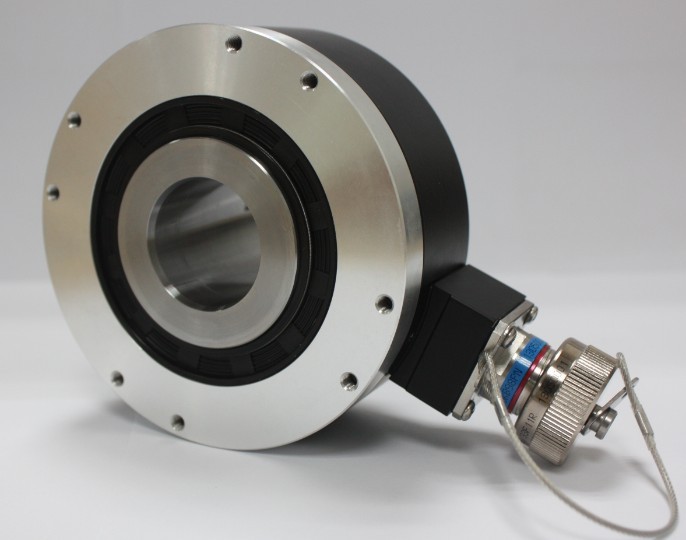Encoder DelayDependent on the bandwidth of the analog (definition: a virtualization of a real thing or process) amplifier, its internal interpolated interpolation processing, resolution, and the encoder interface it uses.
I. Interpolating interpolator delay
If the analog encoder signal sine/cosine interpolation interpolation interpolation is an MCU/DSP based system, the delay period may exceed 200us or more. Particular attention should be paid when higher frequencies and resolutions are used, especially for synergistic multi-axis control and redundant systems. In such cases, delays can cause (enable, enable) position data to be perhaps not current or not synchronized. To meet this challenge, an ultra-fast flash-based interpolating interpolator is available for this task. iC-NV is parallelized with internal processing to obtain an interpolating interpolator with a latency of less than 1 us.
II. Encoder interface delay
When a serial encoder interface is used, the only thing that usually plays a significant role is the data transmission time. Absolute encoders are widely used in water conservancy, light industry, machinery, metallurgy, textile, petroleum, aviation, navigation and other industries. Specific to the project category such as: rotary table, gate opening, valve opening, hoist crane positioning, traveling crane positioning, level measurement, missile launch angle positioning, missile air rudder measurement, electronic latitude and longitude and other high-precision measurement and positioning occasions. For serial transmission, the MCU/DSP position data readout time Tread from the encoder interface module depends on the data bit width and overall speed. For example, SSI running at 10MHz with 32 bit widths has a transmission time of 3.2us.
For incremental encoder interfaces, the delay is usually negligible, giving real-time positional motion encoder signal edges. However, a change in direction will add some amount of delay, depending on the hysteresis of the incremental signal.
III. Delays in processing
Once the position data has been read through the encoder interface, the software algorithm processing time adds to the system latency. This will vary greatly between systems due to the processing time of the system itself, depending on the architecture and processing power of the MCU or DSP used.
IV. Motor delays
After the position data is read and processed, the final delay is part of the motor drive itself. The encoder is mounted on the rotating shaft end of the power motor, so that the full range can be used and the resolution can be improved, but the disadvantage is that after the moving object passes through the reduction gear, there is a gear backlash error in the back and forth travel. The disadvantage is that after the moving object passes through the reduction gear, there is gear backlash error in the back and forth process. In addition, the encoder is mounted directly on the high-speed end, and the motor jitter must be small, or the encoder is easily damaged. Binary EncodersAll information entered into the computer must eventually be converted into binary. The activation of the motor and the subsequent reaction time must be added to the overall system delay.
All of these delay times add up to a system delay, and this delay directly affects the duration of the entire control cycle. In turn, this affects productivity and the accuracy of the overall machine motor control system.
Civiti Encoders
Telephone contact: 15050450799 (micro letter with number)
© Kunshan Sividi Co. Site Map Su ICP No. 14036688  Su Gong Network Security No. 32058302003763
Su Gong Network Security No. 32058302003763








